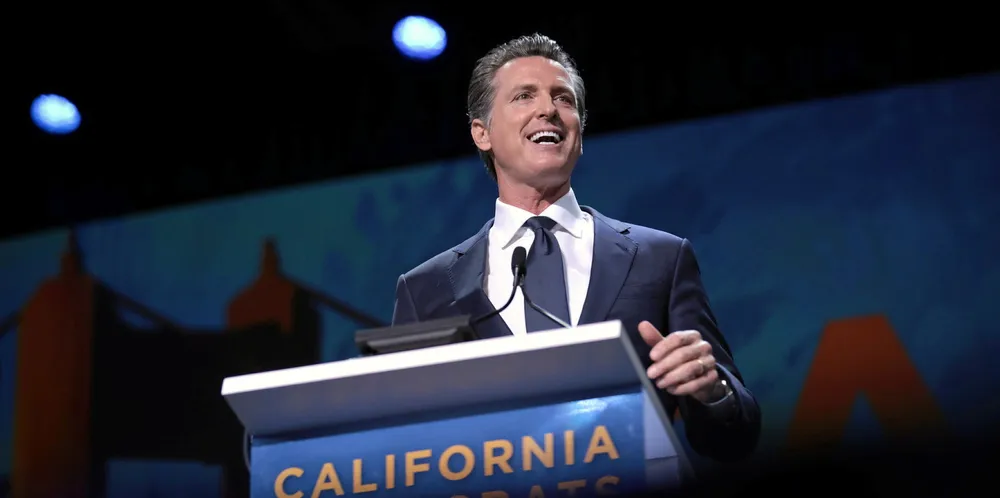'Offshore wind is coming to California': bill greenlights strategic plan for US Pacific
AB 525 passed to flesh out plan for gigawatt-scale build-out of floating projects off Golden State sent on to governor Gavin Newsom to be signed into law

The California legislature passed a bill that requires state agencies to establish a “strategic plan” for building an offshore wind industry at scale – a process the California Energy Commission (CEC) will lead – that includes 2030 and 2045 planning goals and is a key step toward building over 4GW of floating projects in the US Pacific.
“Offshore wind is coming to California – allowing us to combat climate change and create thousands of jobs. We don’t always have the opportunity to work on matters that will have an impact long after were gone, but this is one of them,” tweeted Assembly member David Chiu, who co-sponsored the bill.
While global offshore wind developers are hugely interested in California, in part because of its $3trn economy and electricity market, the second largest among states after Texas, they want a roadmap for development through 2045, the state’s deadline for achieving carbon neutrality.
California presently relies on natural gas to generate about 40% of its electricity, more than double large hydro, followed by solar PV, nuclear and wind.
Bill AB 525 seeks to provide such a roadmap in recognition that California must make a clear commitment to offshore wind and set ambitious goals necessary to lure billions of dollars in potential investment, something east coast states have done with great success thus far.
The legislation sets a 1 June 2022 deadline for CEC to evaluate and quantify the maximum feasible capacity of offshore wind to “achieve reliability, ratepayer, employment, and decarbonisation benefits.”
California is calculated to112GW of offshore wind energy potential but development of the resource will need floating platform technology due to the fact that the state’s narrow outer continental shelf rules out using conventional bottom-fixed foundations.
The bill requires CEC to submit the strategic plan to both the legislature and state Natural Resources Agency by 30 June 2023.
CEC’s plan will have to address, at a minimum, five core issues: identification of sea space in federal waters for responsible development; economic and workforce development and identification of port space and infrastructure; transmission planning; permitting, and potential impacts on coastal resources, fisheries, indigenous peoples and national defence, and strategies for addressing them.
“The strategic plan shall emphasise and prioritise near-term actions, particularly related to port retrofits and investments and the workforce, to accommodate the probably immediate need for jobs and economic development,” according to the bill’s text.
AB 525 specifically requires CEC to develop and produce a permitting guideline that describes the timeframes and milestones for both offshore wind energy facilities and associated electricity and transmission infrastructure.
The resulting timeframes will need approval from the US Department of Interior which regulates industry commercial activity on the federal OCS where all offshore wind projects will be located.